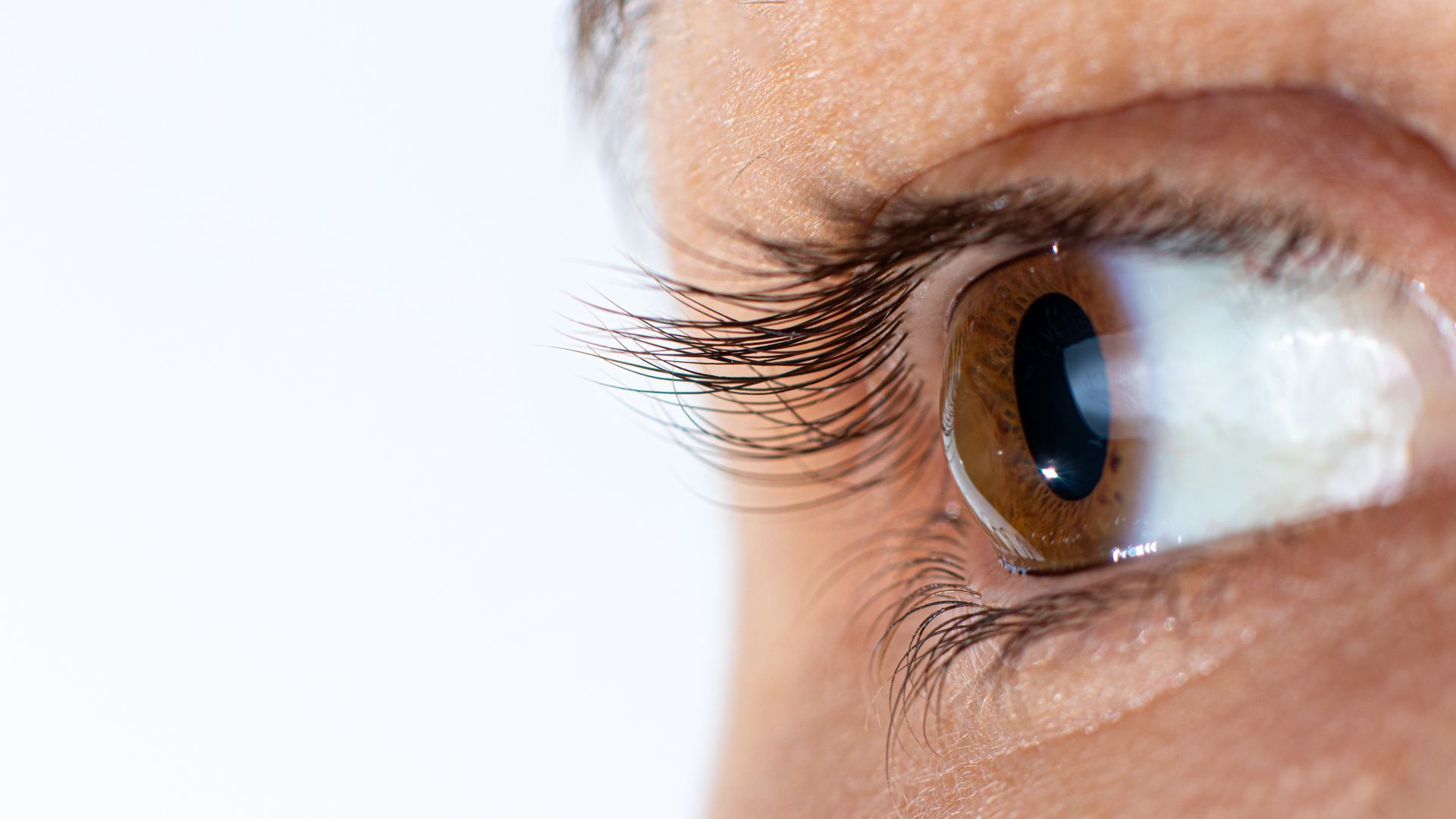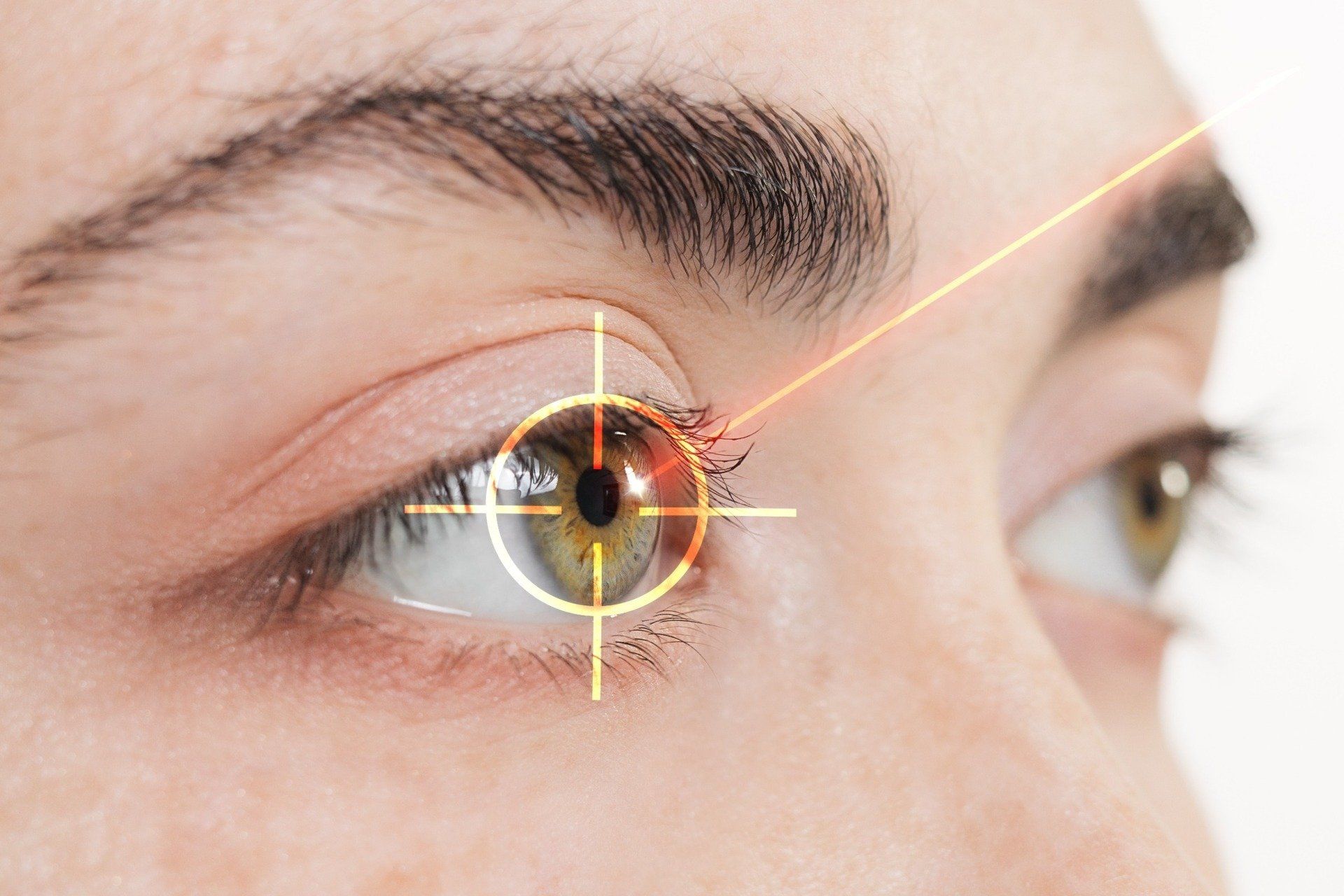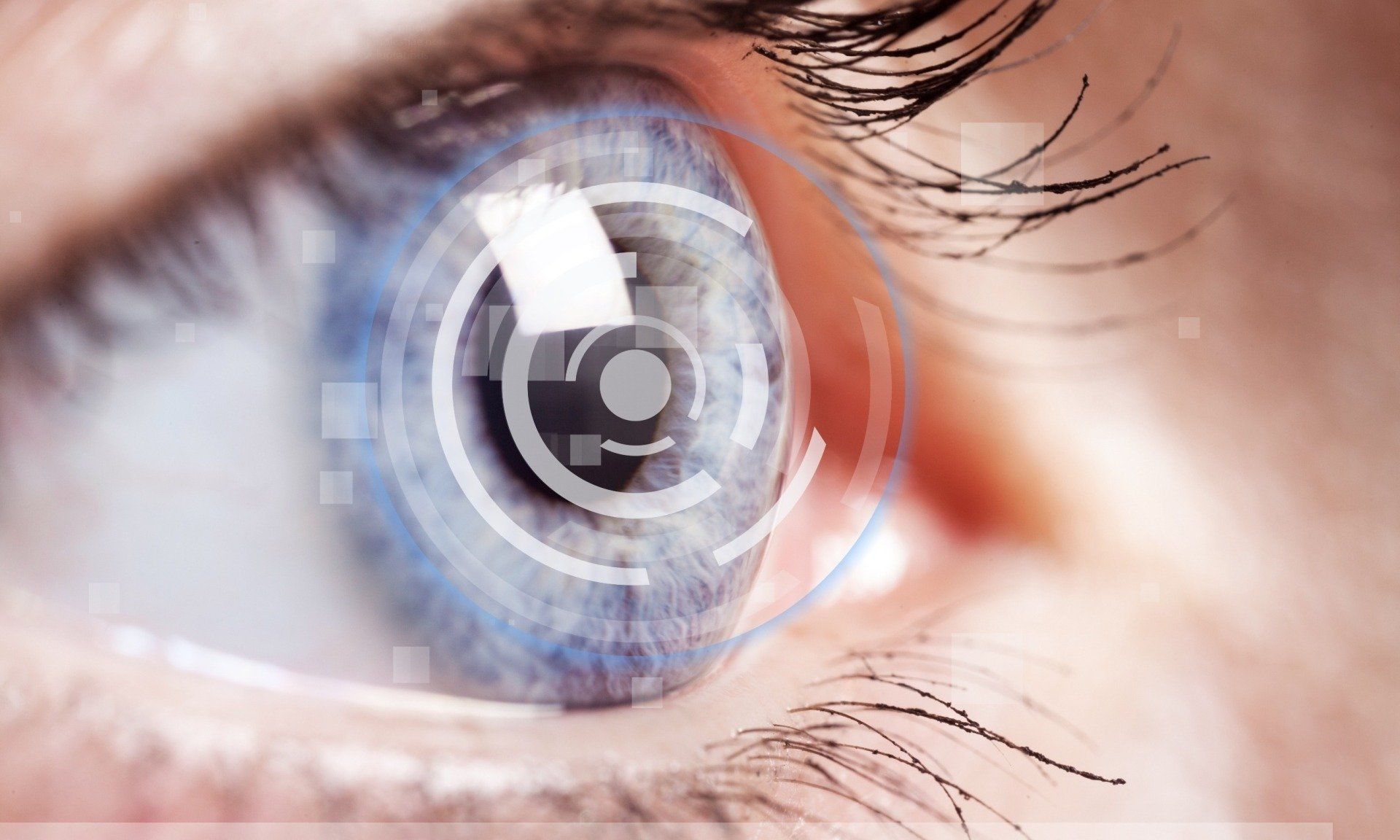Which Type of IOLs Should You Consider for Cataract Surgery?
Which Type of IOLs Should You Consider for Cataract Surgery?

The eyes are made up of a variety of unique structures that work in unison with one another – ultimately giving us the gift of sight. One of the most important structures in the eye is the natural lens, which plays an essential role in bending and refracting light rays into the back of the eye (also known as the retina).
In order for the eye’s natural lens to do its job properly, light rays need to have an unobstructed path to the retina – where light rays are converted into electrical and chemical signals that travel along the optic nerve until they reach the brain. The brain processes those signals and converts them into an image.
A cataract occurs when the eye’s natural lens becomes cloudy – a cloudy lens doesn’t allow light to have an unobstructed path to the retina. As a result, cataract patients generally experience blurry vision, hazy vision, loss of color vision, double vision, glares in their visual field, and other, less-common symptoms.
What Happens During Cataract Surgery?
Cataracts are one of the leading causes of vision loss and/or impairment in the United States today – and can even cause blindness, if not treated properly in a timely manner. For those diagnosed with cataracts, cataract surgery helps restore and repair vision by replacing the eye’s natural lens with an artificial lens.
During cataract surgery, an ophthalmologist makes a tiny incision in your eye before using precise tools to break the lens up into tiny pieces – which are then vacuumed out of the eye. Once the natural lens has been removed from the eye, the eye doctor can replace it with a new one via the same small incision.
Cataract surgery is an outpatient procedure that takes place in the doctor’s office – patients are allowed to go home after, but only if they have someone to drive them home. You’ll be asked to avoid certain activities in the days and weeks following surgery, but the eye will fully heal within four to six weeks.

Different Types of Lenses for Cataract Surgery
When the eye surgeon removes the clouded lens from the eye, they replace it with an artificial lens – also known as an intraocular lens (IOL). The new lens is designed to resemble the eye’s natural lens, which is crystalline clear. As a result, most patients who have cataract surgery see their symptoms disappear.
Did you know that the first intraocular lens was implanted all the way back in 1949? A lot has changed over the past 75 years – not just in the procedure, but in the actual IOL itself. Today, doctors have a variety of different types of lenses to choose from when recommending cataract surgery to a patient.
Let’s take a look at some of the most prominent types of intraocular lenses available today:
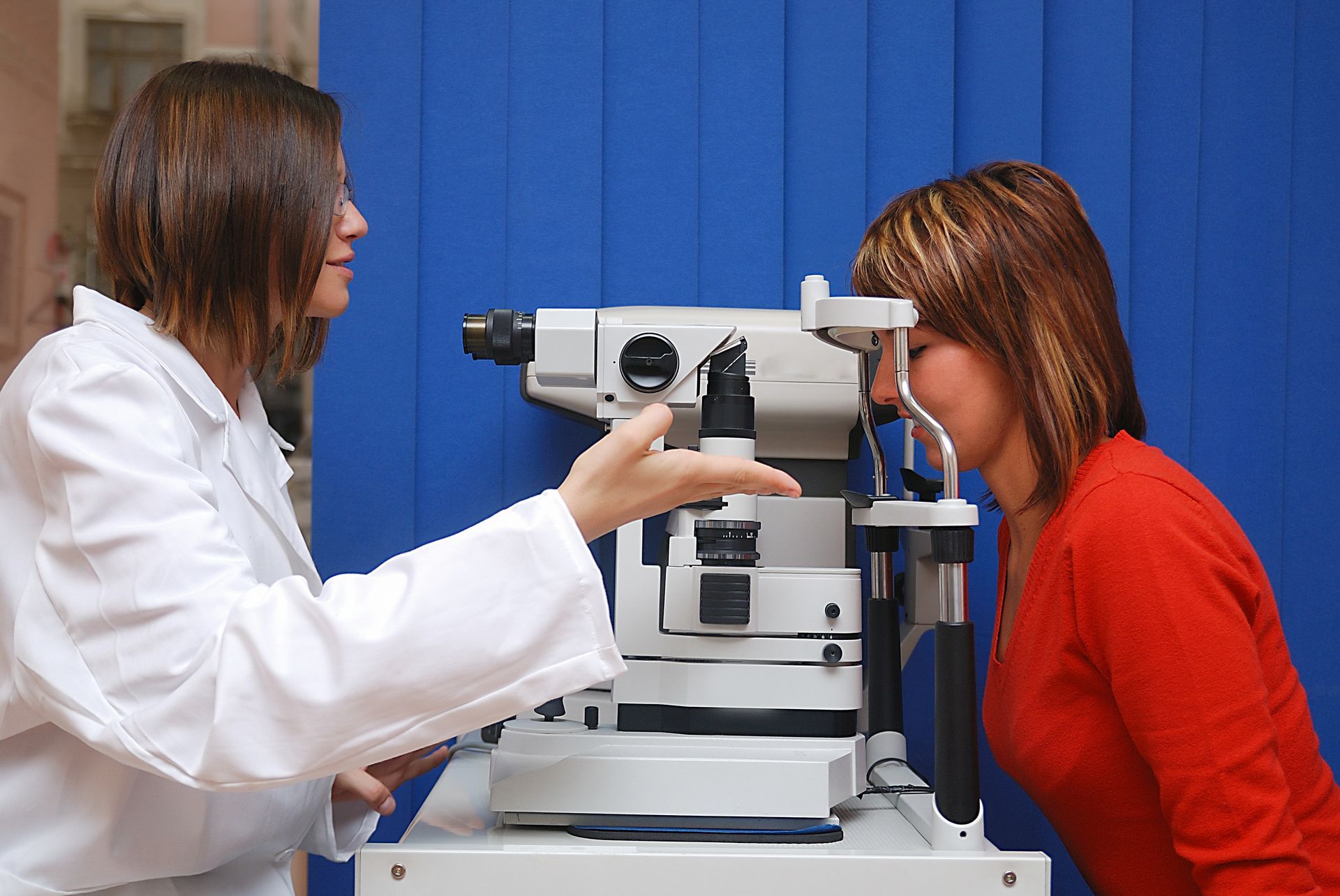
1. Monofocal Lenses
Also known as a single focal-powered lens, a monofocal lens has the ability to allow one point of focus – it'll either correct near vision, correct intermediate vision, or correct distance vision. A majority of patients – not all – will have their intraocular lens implants set for distance vision, but will still need glasses to see objects up close clearly.
2. Multifocal IOLs
As the name suggests, multifocal lenses allow for multiple focal points. The lens has corrective zones built into it, allowing the individual to see both near objects and distant objects clearly – a similar idea to the bifocal eyeglass lens, but the multifocal IOL allows for both near and distant vision at all times.
3. Extended Depth-of-Focus (EDOF) IOLs
Also known as Extended Range of Vision, an Extended Depth-of-Focus lens creates a single elongated focal point – unlike a multifocal lens, which allows for multiple focal points. EDOF lenses see that focal point stretched to allow distance and intermediate vision. They’re primarily used with presbyopia patients.
4. Accommodative Lenses
Accommodative lenses, sometimes referred to as accommodating lenses, allow for dynamic focusing at various distances – meaning the individual can see clearly from near, intermediate, and long distances. What makes this lens unique is its ability to use natural movements of the eye to change its focus.
5. Toric Lens Implants
Toric lenses are unique in their ability to help correct astigmatism following cataract surgery, while also improving distance vision. Toric IOLs available in both monofocal and presbyopia-correcting lenses. It allows those who undergo cataract surgery to avoid having to use eyeglasses to correct astigmatism.
6. Light-Adjustable Lens (LAL)
Perhaps one of the newest advancements with intraocular lenses, the light-adjustable lens allows for further customization and personalization after the lens is implanted into the eye. As a result, adjustments can be made after surgery to help account for any vision changes that occur during the procedure.
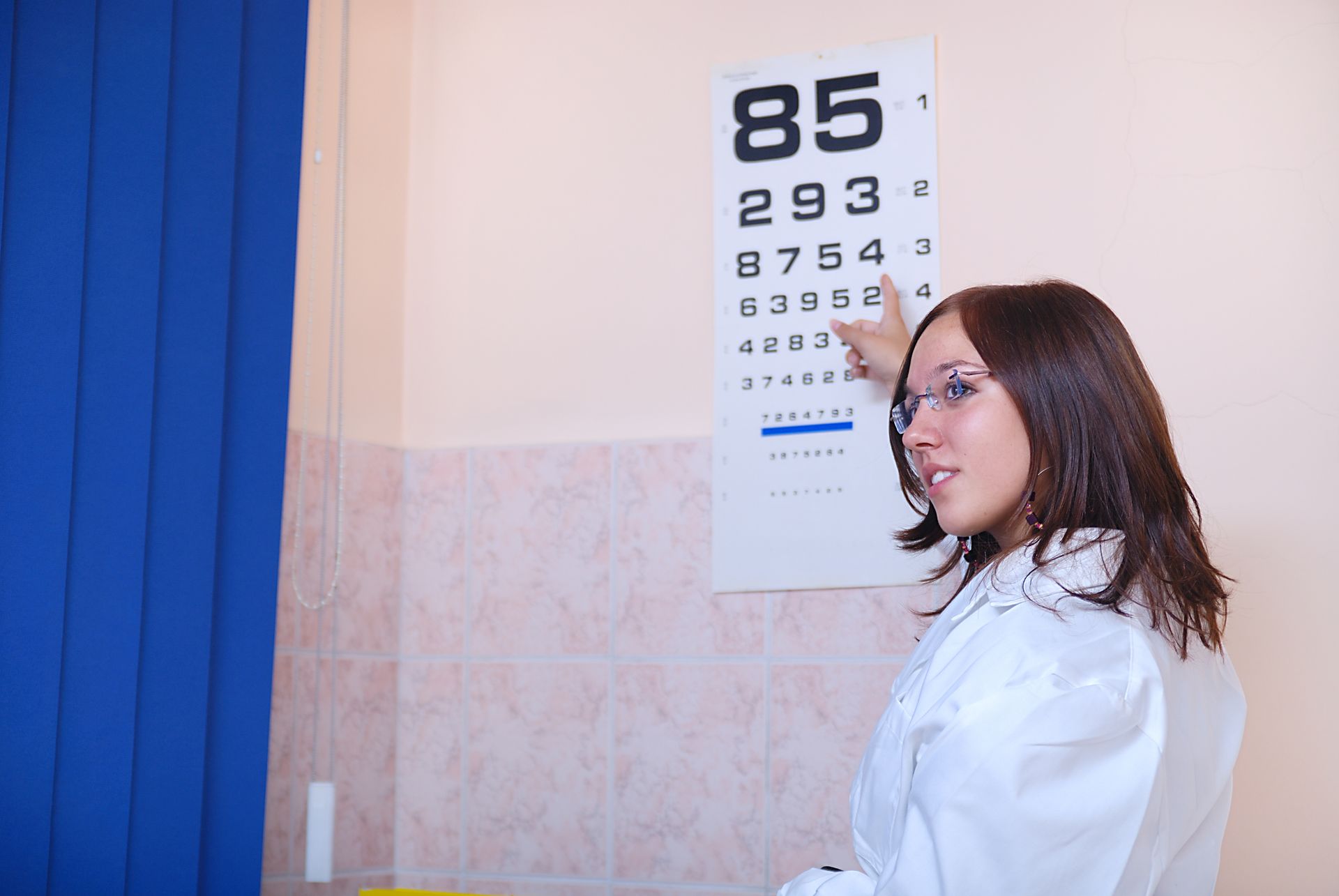
How to Choose the Right Type of Lens for Cataract Surgery
Thanks to the wide range of cataract lens options available today, doctors can now customize a patient’s experience with cataract surgery. With so many cataract surgery lens options to choose from, most patients are going to have one primary question on their mind – how do I know which one is right for me?
Here are some of the factors you should consider when choosing the right type of lens for cataract surgery:
- Certain IOLs are more expensive than others, so take your budget into consideration
- Do you have any refractive errors (nearsightedness, farsightedness, astigmatism) you’d like to address with the new lens?
- If you plan on doing a lot of driving at night, you might want to consider a monofocal lens.
- Some IOLs aren’t recommended for patients with certain medical conditions and eye problems, so keep that in mind.
This might seem like a lot to consider, but don’t panic – that’s where your ophthalmologist comes in handy. Before they perform the procedure, they’ll help you navigate all your options and recommend the lens that best suits your wants and needs. Their goal is to help you feel comfortable with the results.
Contact Holly Springs Eye & Laser Today!
Is your vision blurry? Are you ready to get tested for cataracts? Have you recently been diagnosed with a cataract in one or both of your eyes? Are you interested in learning more about the cataract surgery procedure? If you answered ‘yes’ to any of those questions, don’t panic – you’ve come to the right place.
At Holly Springs Eye & Laser, we not only specialize in helping patients understand and cope with their diagnosis, but we ensure each patient is presented with all treatment options possible and help them make the best decision long-term. Please don’t hesitate to schedule an appointment with us today!







